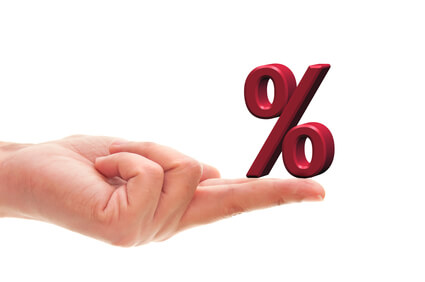What is Interchange?
It’s the base cost of a credit card sale.
Interchange is the base cost from the Card Brands, which are Visa, MC, Discover, and Amex. Interchange fees are paid to the bank funding a transaction and thus bearing the risk. The fee itself is calculated based on authorization costs, losses due to fraud and credit and the average bank cost of funds. The interchange rate is revised on a regular basis, currently every April and October.
Different types of cards that come from the same credit card company may be assigned different interchange rates. How the transaction is completed can also influence the rate that is charged. For example, a purchase completed with a swipe of a Visa debit card at a retail location will have a different interchange rate than if a retailer does not have the Visa debit card present and the information must be keyed in. A prepaid debit card would have a different rate than a business credit card. The size of the retailer or business can also affect the rate as larger companies may able to negotiate for lower rates with the credit card companies.
The interchange rate is usually expressed as a percentage of the transaction, plus a per transaction fee that might be as much as 30 cents. Even higher fees may be incurred dependent on the type of transaction.

So... what are the Interchange rates?

There are hundreds of different Interchange rates. Interchange rates will always have two components: a percentage fee of the volume of the sale, and a per-transaction fee. Typically, the Visa/MasterCard Interchange rates will be written like this:
2.00% + $0.10
The tables are complex, but the important thing to remember when viewing these tables is that every provider is subject to these rates/fees. No matter how big or small, if you want to accept credit cards, you’ll need to abide by Visa Interchange fees and MasterCard Interchange fees.
